WAR GRAVE
LLOYD D. J. CROZIER (grave 10)
SERGEANT
1518 BATF
ABOUT MY LIFE
Born: 6th July 1913
Died: 23rd March 1942
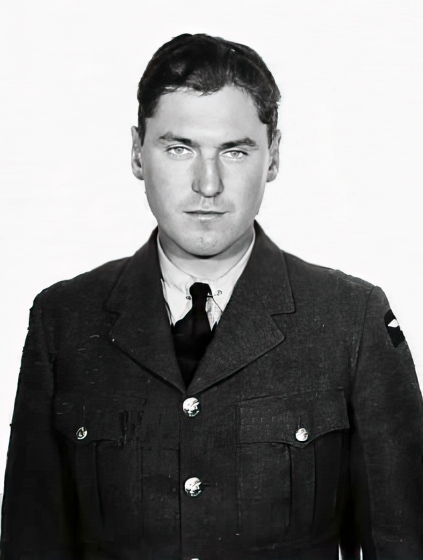
I was born in Yorkton Saskatchewan, Canada to my parents Henry Crozier and Jessie Morrison.
I attended Carnduff High School and before joining the Royal Canadian Air Force, I was a truck driver in civilian life. I was a keen sportsman and played hockey and basketball. I was also a keen swimmer and this lead to my employment as a lifeguard for two years.
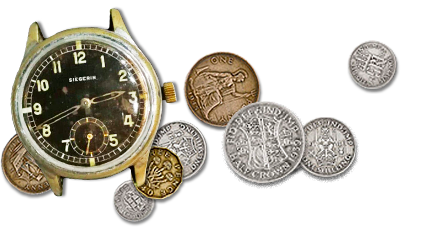
MY AIRCRAFT
The Airspeed Oxford was a very widely used twin-engine training aircraft during World War 2. It first flew on 19th June 1937 and remained in RAF service until 1956, with 8751 being built over that period.

MY ROLE
I was one of three pilots on board this aircraft. I was receiving training from an instructor pilot on how to use the Beam Approach system to make landings when the weather was so poor that you can’t see the runway.
MY SQUADRON
1518 Beam Approach Training Flight had formed at Scampton less than 5 months earlier, to train pilots in a new electronic aid which would allow them to safely land their aircraft when they could not see the runway.
The system transmitted a narrow beam out from the centreline of the runway, a receiver set on board the aircraft, codenamed Rebecca, translated this signal into an audible Morse tone, which the pilot could use to line himself up on the runway.
If the pilot was one side of the runway he would hear dots and if he was on the other he would use dashes. The intensity of these signals would tell him how far he was from the centreline.
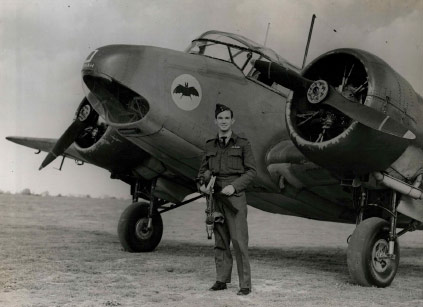
A Pilot standing in front of an Oxford belong to the Beam Approach Training Flight complete with the units bat motif (BATF).
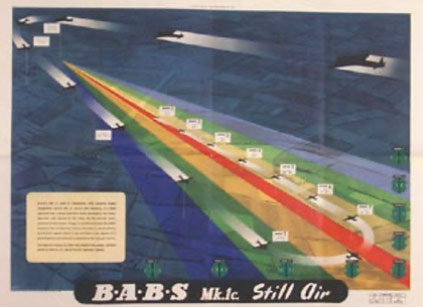
THE ACCIDENT
On the day of the accident, myself and my fellow student Thomas Dakin took off with our instructor, Flying Officer Hugh McGuffie to practice beam approach landings at nearby RAF Dunholme Lodge.
At 2:20 pm, our Oxford AT659 crashed into power lines at Pickering’s Farm close to the airfield. Why we were so low has always remained a mystery, we had been ordered to carry out the entire exercise at 2000ft and just 10 minutes before the accident, the Station Commander had seen us at that height.
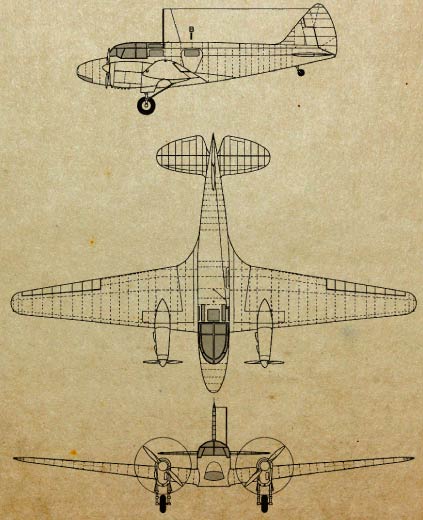
CASUALTIES – 23RD MARCH 1942
Flying Officer Hugh McGuffie (Instructor Pilot) (Buried Taxal, Derbyshire – St John’s Churchyard)
Sergeant Thomas Dunbar Dakin (Student Pilot) (Buried Scampton) MORE
Sergeant Lloyd Donald James Crozier (Student Pilot) (Buried Scampton)
ON THIS DAY IN WORLD WAR TWO – 23RD MARCH 1942
Hitler begins to fear a second front being opened by the British and Americans and orders his fighter defences to the West.
The British tanker British Prudence was torpedoed and sunk in the Atlantic Ocean by the German submarine U-754.
Where Next
Visit the grave of Flying Officer Hugh McGuffie in St John’s Churchyard, Taxal, Derbyshire.
